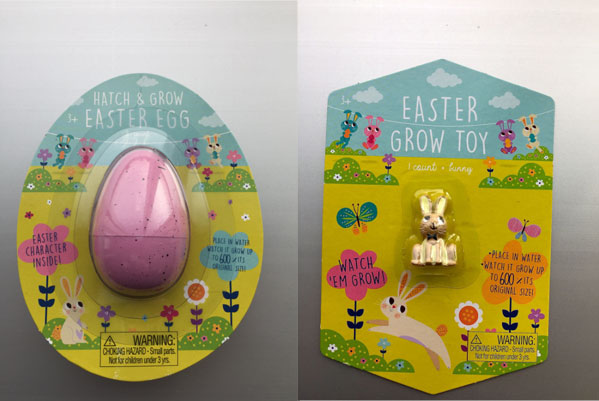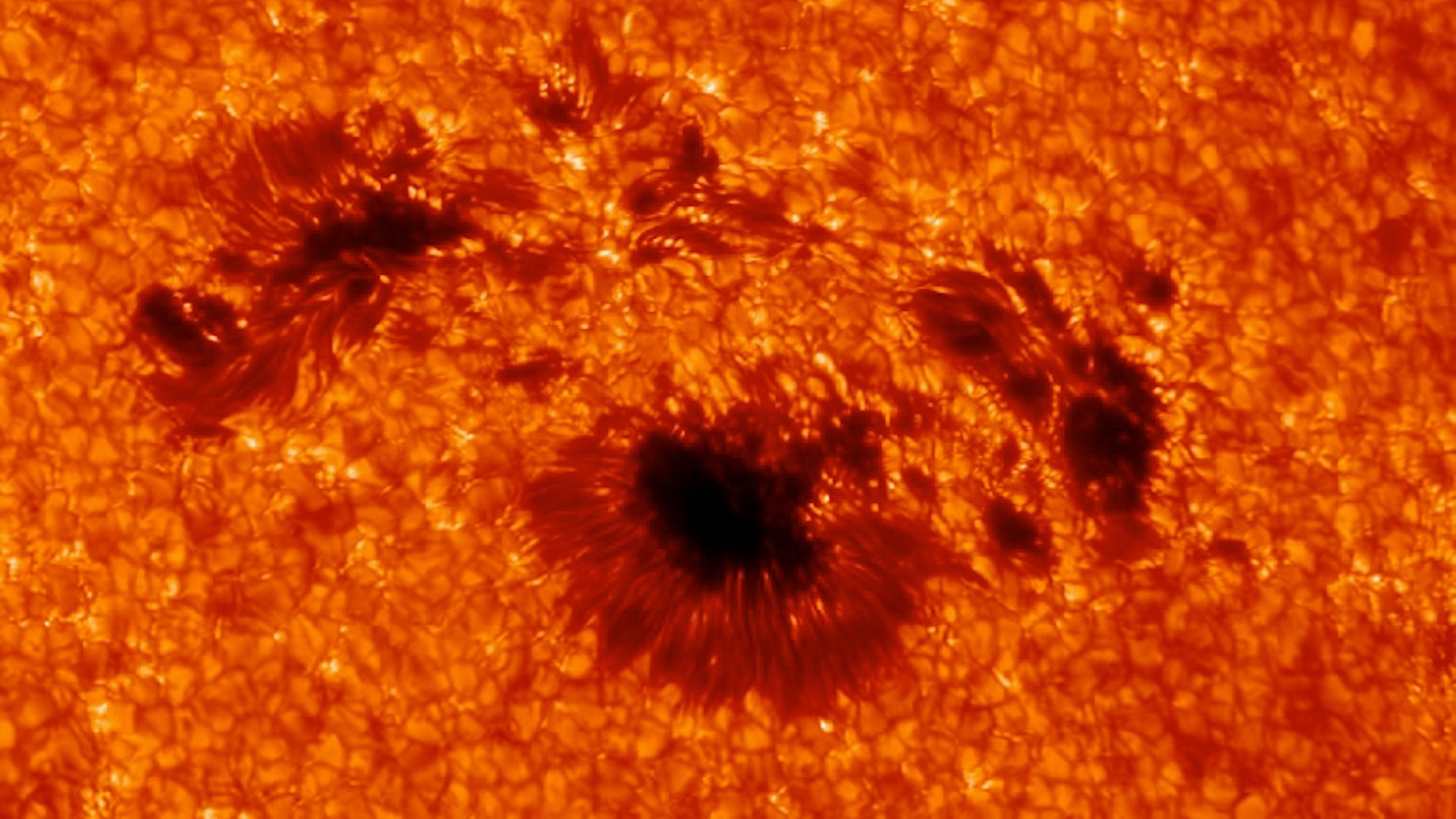Half a Million Easter Toys Recalled for Risk to Kids

More than half a million Easter toys sold at Target are being recalled because the products pose a serious health risk if ingested.
The toys are designed to absorb water and expand greatly in size. In a recall notice posted on Thursday (April 13), the Consumer Product Safety Commission (CPSC) said that if a child ingested one of the toys, the object could expand inside the child's body and potentially block the intestines. This could lead to dangerous complications such as vomiting and dehydration, and surgery would be required to remove the toy, the notice said.
The recalled products have the following names: Hatch & Grow Easter Eggs, Easter Grow Toys and Hatch Your Own Dino. About 560,000 of the toys were sold at Target stores nationwide from February through March, the notice said.
People who purchased these products should not let their children use the toys, and should return purchases to Target for a full refund, CPSC said. [7 Weird Things People Have Swallowed]
This isn't the first time toys that expand in water have caused concern. In 2012, pediatricians warned about the dangers of an expanding ball toy, called Water Balz, which could grow to be several inches in diameter after being exposed to water. These toys were recalled after an 8-month-old infant swallowed one of the balls and it blocked her intestine. She needed surgery to have the toy removed.
In 2013, several expanding bead toys were also recalled for their potential to cause intestinal obstructions if swallowed. And in 2015, researchers from Children's National Health System in Washington, D.C., described how small expanding bead toys can get suck in kids' ears and potentially cause permanent hearing loss.
Original article on Live Science
Get the world’s most fascinating discoveries delivered straight to your inbox.

Rachael is a Live Science contributor, and was a former channel editor and senior writer for Live Science between 2010 and 2022. She has a master's degree in journalism from New York University's Science, Health and Environmental Reporting Program. She also holds a B.S. in molecular biology and an M.S. in biology from the University of California, San Diego. Her work has appeared in Scienceline, The Washington Post and Scientific American.

